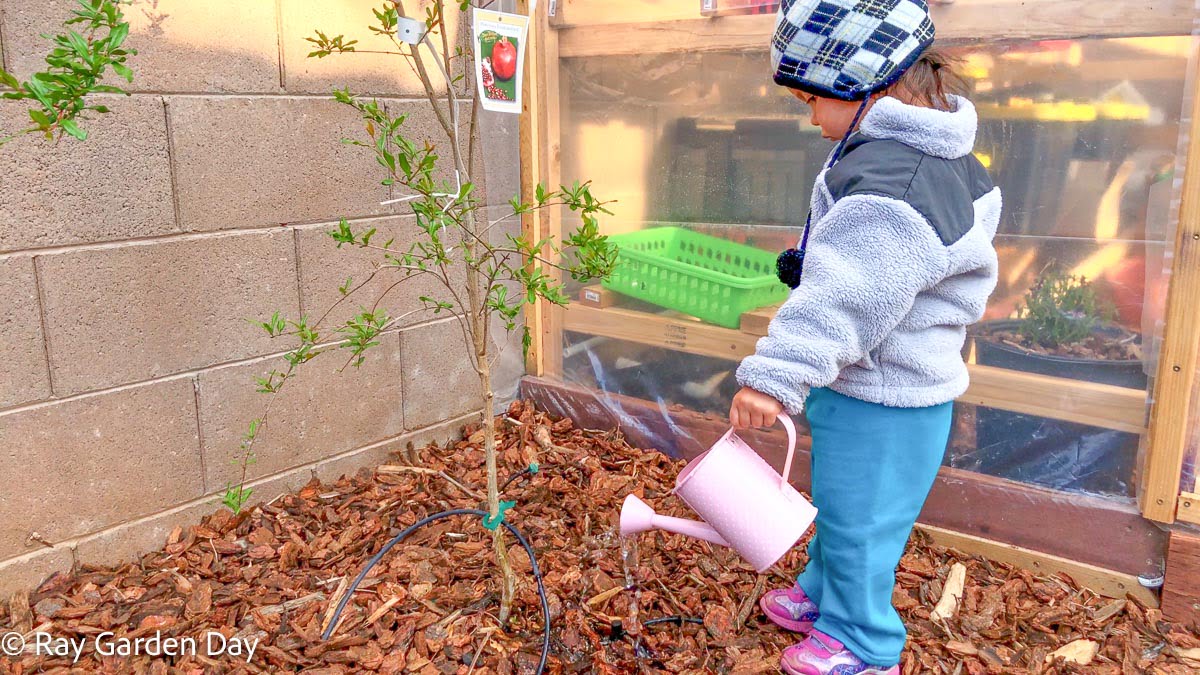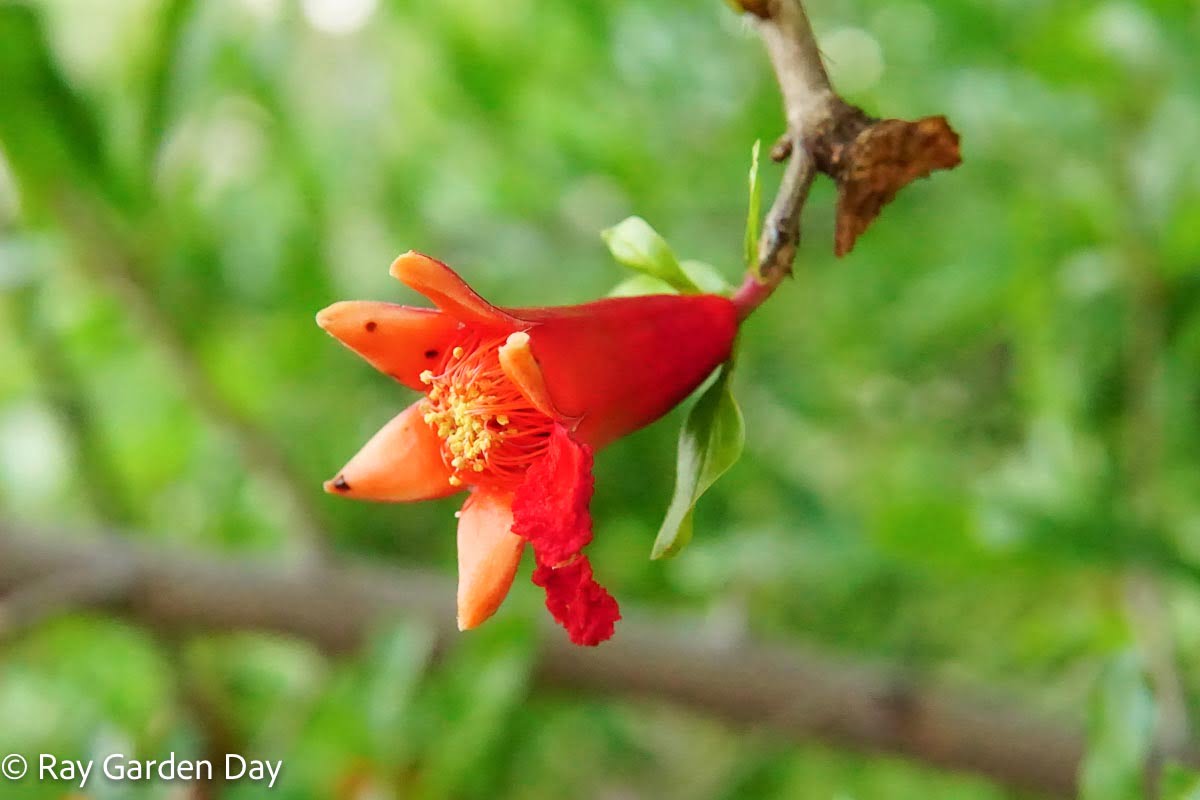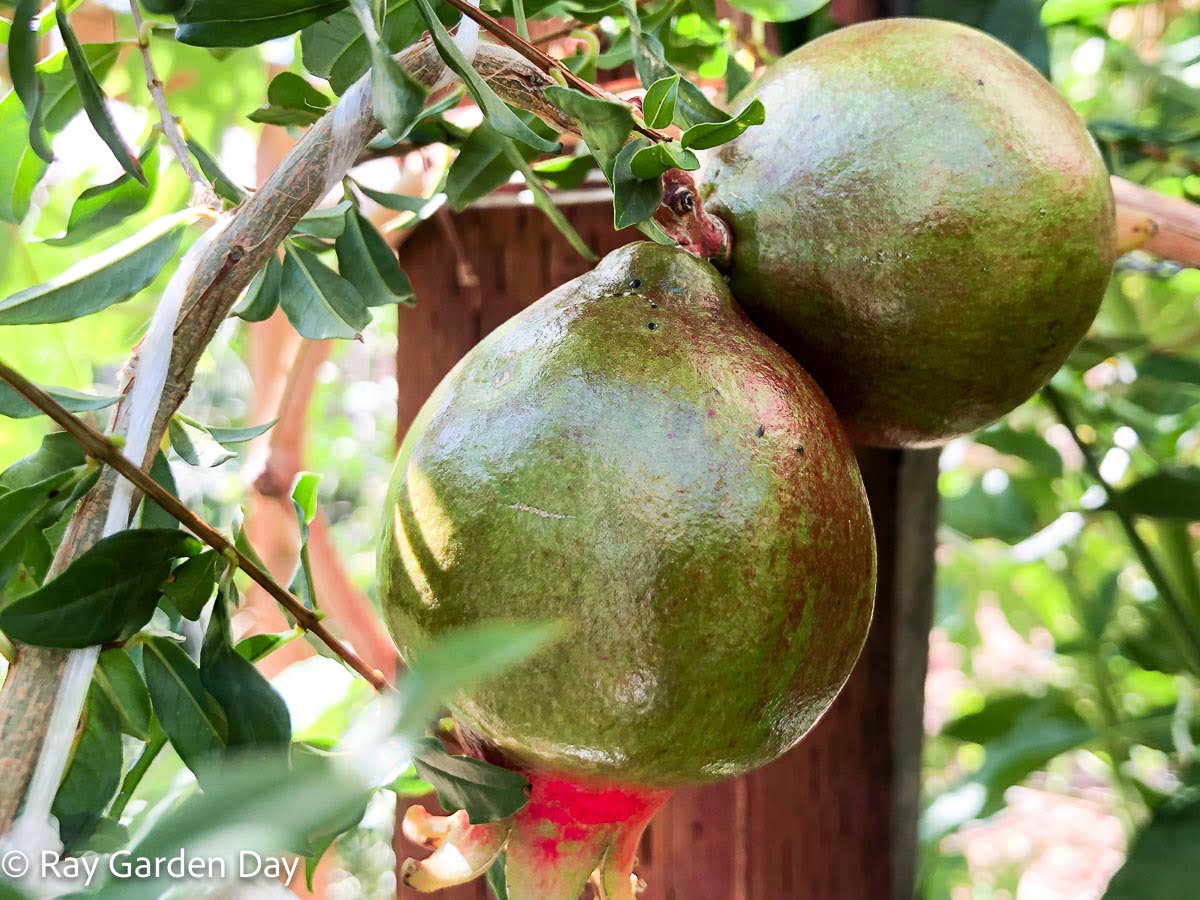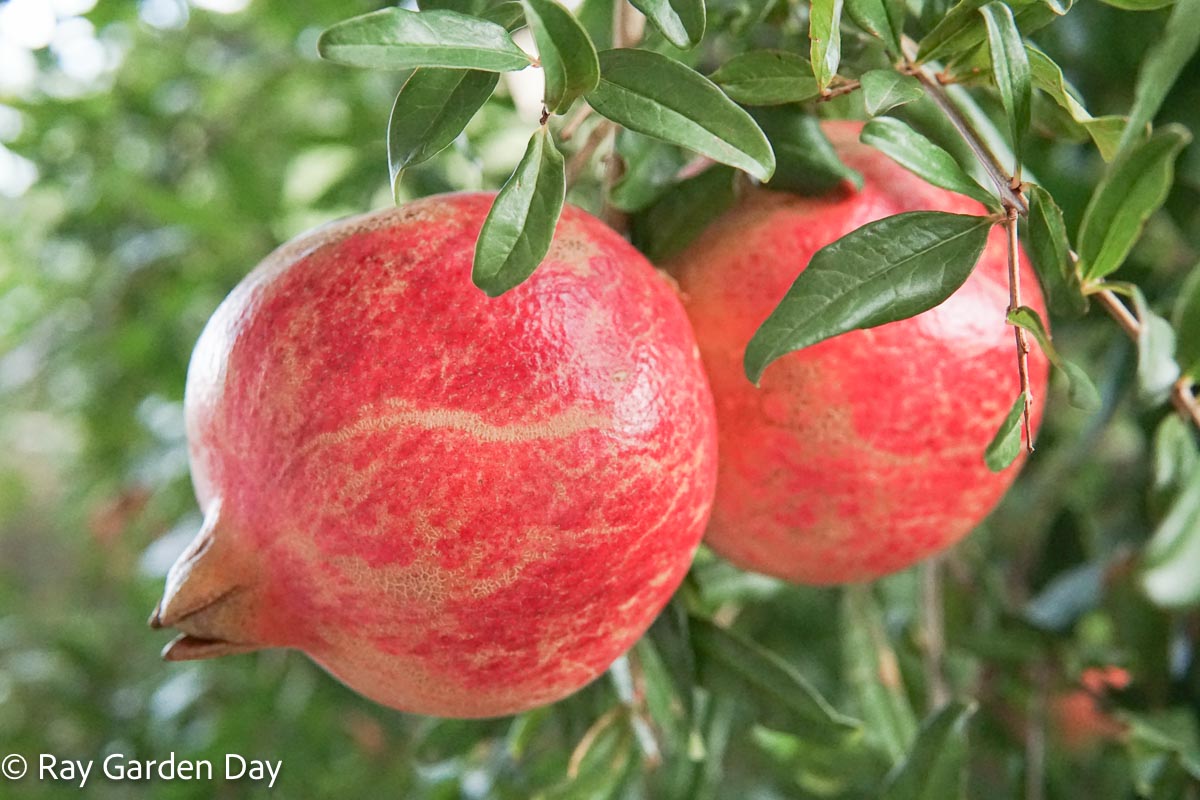Pomegranate is a common backyard garden crop for decades in the South. We have a Parfianka pomegranate tree growing in Southern Arizona. It is one of four pomegranates in our backyard. They are helping to transform our desert garden into a piece of haven for ourselves and the local wildlife.
Why did I choose Parfianka pomegranate tree?
There are so many varieties of pomegranate. Each with its own taste and growth characteristics. Before the Parfianka, I already have two pomegranate trees growing in the garden: Wonderful and Red Silk. I was looking to try exotic varieties, ones that have great tasting and ripen earlier or later than the existing trees giving us extended harvest season.
The origin of the Parfianka pomegranate cultivar is rather an interesting one. A Russian-born botanist Dr. Gregory Levin discovered the variety while stationed at an agricultural research station called Garrygala, which is present-day Turkmenistan. For more than forty years, Dr. Gregory Levin trekked across Central Asia and the Transcaucasus in search of wild and endangered pomegranates. In fact, at one point he had the largest collection of pomegranates in the world with 1,117 pomegranate varieties from 27 countries.
What do Parfiaka pomegranate need to grow?
Not a whole lot compared to other fruit trees. The optimal areas for Parfianka pomegranate are USDA Plant Hardiness Zones 7 to 10. It needs plenty of sun and 100-200 chill hours to thrive and produce.
Good drainage soil is also recommended but it tolerates almost any soil, even poor alkaline ones we get here in Southern Arizona.
In March and November, I fertilize all the pomegranate trees.
Where did we plant the Parfianka Pomegranate?

The young Parfianka tree lives in the Southeast corner of our plot. It gets a lot of sunlight all year round. It’s connected to weekly irrigation but we supplement with hand-watering to help get it established. A single trunk pruned. That is, to form a tree eventually branching out, canopying the greenhouse rather than piercing through the plastic wall.
I like that most pomegranate varieties can take heavy pruning, or train up garden structures such as a pergola, making them ideal for planting around the fence line.
Do Parfianka pomegranate flowers become fruit?

Every year around March our pomegranate trees produce beautiful showy flowers. Pomegranate trees are self-fruitful, which means the flowers on the pomegranate are both male and female.
Just like other varieties, make Parfianka flowers fall off naturally as do un-pollinated female blooms, while pollinated female flowers remain to become fruit. Pomegranate can both self-pollinate and cross-pollinate by insects. This means only one pomegranate bush or tree is needed for fruit production.
What does Parfianka pomegranate taste like?

We got to sample a couple of fruits that came on the young tree from the local nursery.
We harvest them just as the fruit skin started to turn pink. The arils are deep red to burgundy in color. They are sweeter than the Wonderful pomegranate, less tart, and taste a little bit like wine. We really like it. I can understand why the Parfianka consistently rated the most flavorful pomegranate in tasting trials.
Check out my first harvest of 2021 post if you’re wondering when’s the best time to harvest Parfianka pomegranate.




